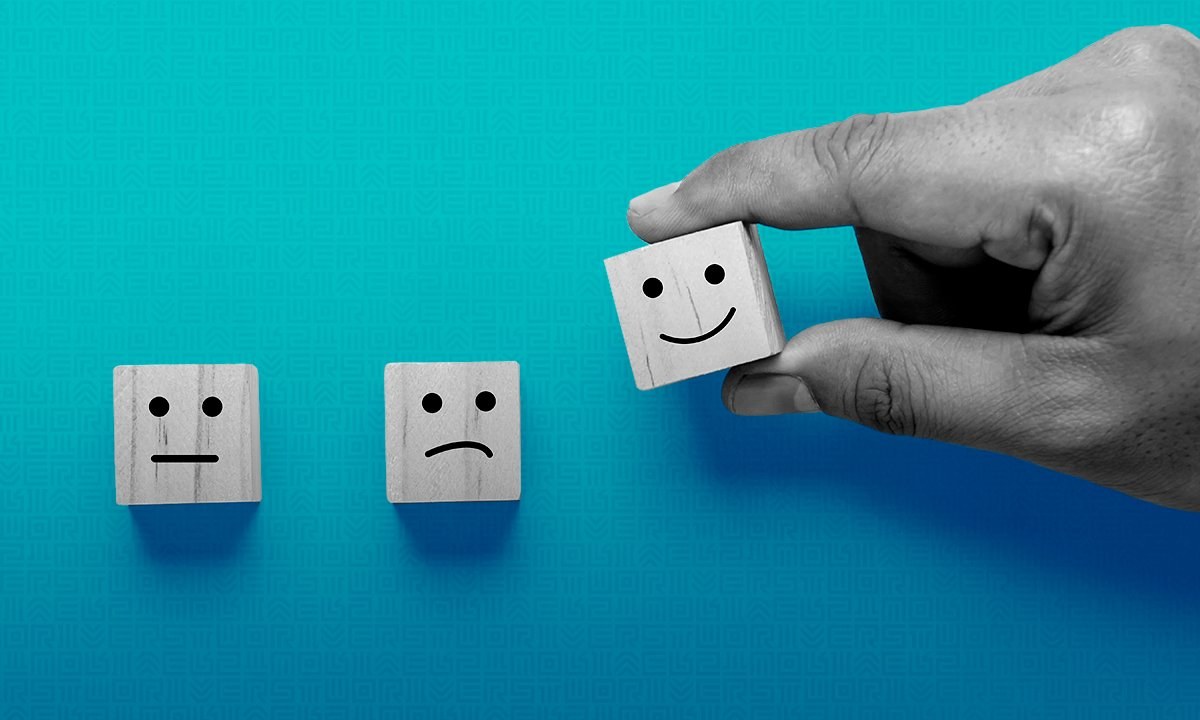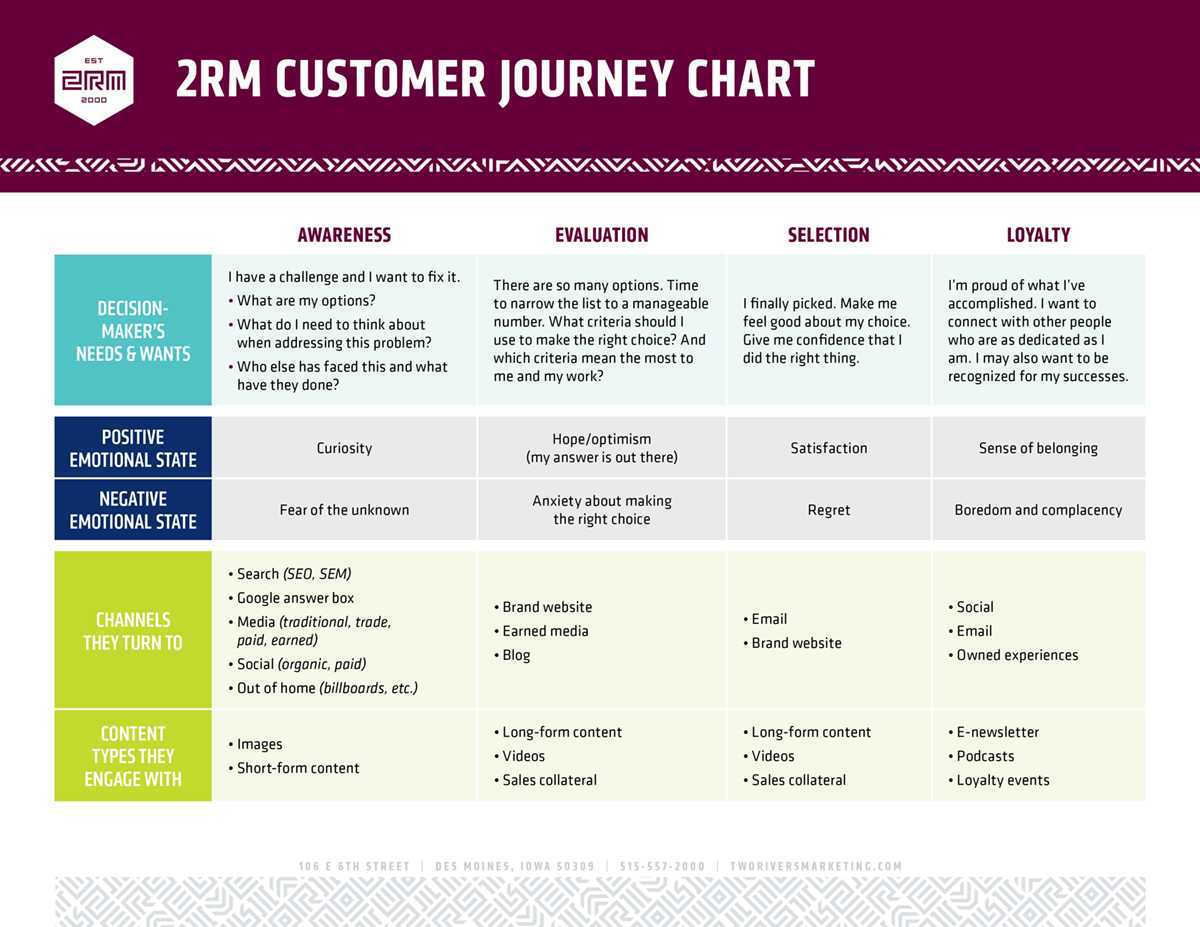
Two students show up to take a test. They’re both anxious, standing in the hallway with clammy fingers wrapped tight around their No. 2 pencils. They avoid eye contact and focus instead on running through the study materials in their heads.
When the door swings open, the students lock eyes for just a second before they walk in and seat themselves in the vast, empty classroom. Moments later, the door bangs open and a man walks in — his stride purposeful, his posture confident. The students sit up straight, ready.
Suddenly, the room goes dark and a spotlight shines on the man at the front of the classroom. He clears his throat and pulls a microphone from his pocket. With the flick of a finger, he flips it on and grins at the students.
“Did you ever hear the one about the horse that walked into a bar?”
The deadly disconnect
Are you cringing? Good.
The two students came for a test they’d strenuously prepared for and were met with a guy doing stand-up. The mismatch between what the students were there to do and how they were feeling versus what they encountered is admittedly disconnected — yet it happens in B2B marketing when we are too focused on talking about ourselves. Thankfully, marketers are acknowledging the problem: Just 49% of marketing leaders think the experience they provide aligns to customers’ expectations, while more than half don’t (Salesforce, State of Marketing 2020).
How do we fix it? By taking a page from our B2C marketing friends.
Focus your marketing strategy on building customer trust
The best B2C marketers know — and apply — four essential truths to their marketing strategies:



 By Two Rivers Marketing
By Two Rivers Marketing By Patrick McGill
By Patrick McGill